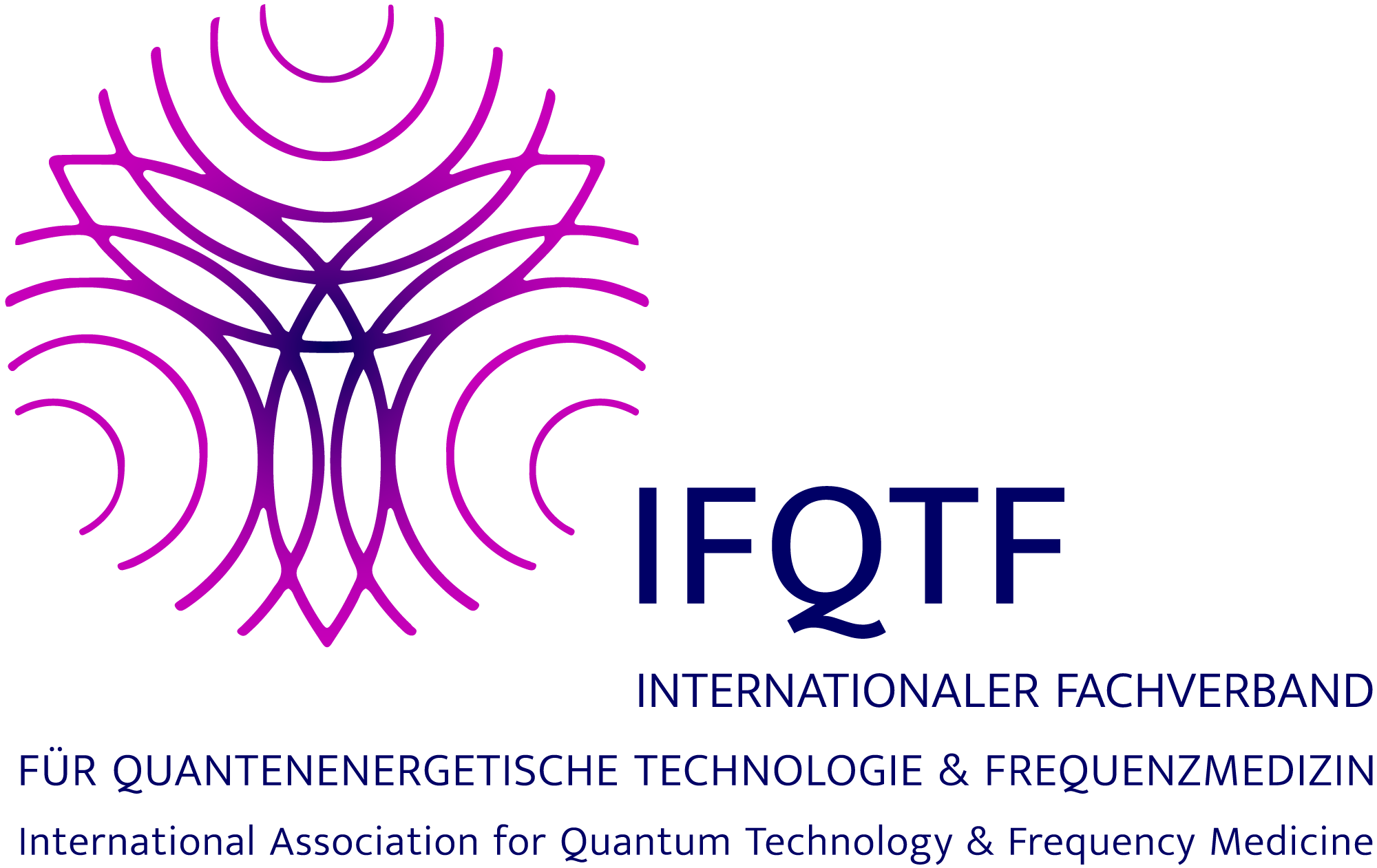This pilot study investigates the potential protective effects of the Travel Bloc device against microwave radiation from a 4G Wi-Fi router. Conducted with four healthy human subjects aged 43 to 81, the study used live blood analysis to observe the effects of Wi-Fi radiation on blood morphology. The subjects were exposed to microwave radiation and their blood samples were analyzed in three stages: before exposure (baseline), after 10 minutes of radiation exposure, and after an additional 10 minutes of radiation exposure with either the active Travel Bloc device or a sham device.
Study Design: This was a randomized, blinded, and sham-controlled study. Blood samples were taken from subjects and analyzed under a dark-field microscope for various parameters, including red blood cell aggregation, rouleaux formation, fibrin formation, and white blood cell motility. Comparisons were made between baseline, radiation exposure alone, and radiation exposure with either the active or sham device.
Results: The Travel Bloc device demonstrated protective effects on the blood, reducing red blood cell aggregation, rouleaux formation, and fibrin formation while enhancing white blood cell motility. In contrast, the sham device had negligible effects. The results suggest that the Travel Bloc device may offer protection from the adverse effects of microwave radiation on blood morphology.

